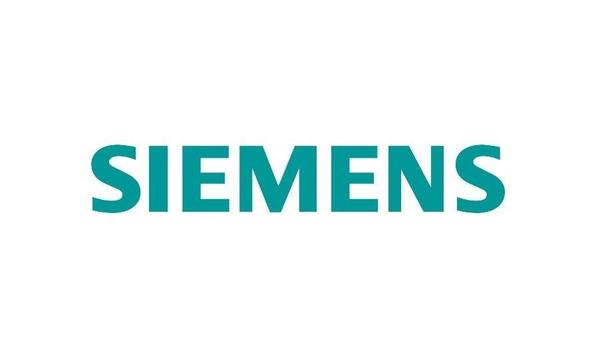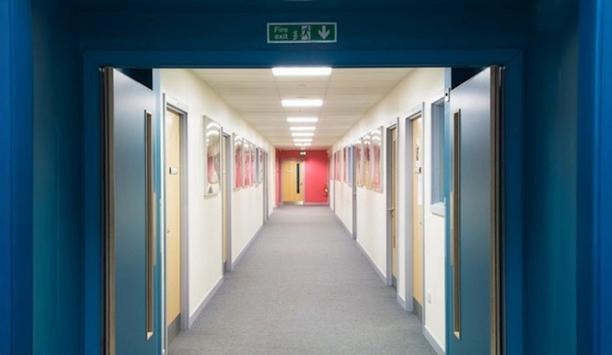Chris Sharman, the ASFP Training Manager, introduces ASFP’s newest training course. Training, education, and upskilling are the keys to achieving the desired objectives of increasing competency across the construction industry.
The historic methods of teaching, both in theoretical and practical forms have typically utilized an in-person methodology. This may take the form of sitting in a classroom or working in a practical training center with direct interaction with the training leadership.
Development of training
The development of training over previous decades has enabled the change from pure classroom to distance learning, and then to hybrid methods with a mixture of online and classroom education.
Development of training over decades has enabled change from pure classroom to distance learning
The confluence of changes forced during the COVID pandemic, coupled with advancing technologies such as virtual reality (VR) and the reduced costs and ready availability of high-capacity consumer electronics and high-speed internet have shown that just like remote working, online training is not only a possibility, but an opportunity.
Hands-on with tools and equipment
More recent developments have taken the classroom from a fixed location to a virtual one accessible by multiple trainees from a myriad of locations.
The next development would appear to be the wholesale movement of the classroom itself into a virtual environment where students and instructors can interact with one another in a shared space enabling a level of interaction not available in a traditional online learning environment, while simultaneously offering the opportunity to get hands-on with tools and equipment in an environment that does not burden the training provider with the cost of space and materials.
Installation of passive fire protection
A possible option presented by currently available technology would be a mobile training facility
A possible option presented by currently available technology would be a mobile training facility that enables the establishment of a virtual shared-space training environment that has the flexibility to be run locally or remotely, that can itself be moved to different locations enabling localized training in conjunction with the facilities and services provided by others, and which can be regularly updated and expanded with new materials and subject matter to suit the training providers, recipients, and the changing regulatory and commercial landscape.
Is it conceivable that such a facility could be available in the near future? Could possibly carry out training on the installation of passive fire protection for example without needing to go to the expense of having to use fire-stopping materials on a wall to put it in?
VR training suite
Well, it may surprise to know that this is the very journey on which the ASFP have taken their first steps. Recently entered into a partnership with RiVR to support in the provision of a VR training suite enabling the provision of VR training using a portable system connecting up to 10 trainees with a training instructor in a virtual environment. This is to be housed in a mobile facility which can be taken to any location as required to provide training in support of members’ requirements. This training may be a stand-alone ASFP offering, or it could be a joint hybrid training created and carried out in conjunction with members at their business or customer locations.
The possibilities are endless but as a start, the ability to provide classroom training to installers
The possibilities are endless but as a start, the ability to provide classroom training to installers of passive fire systems and the ability to see the methods, systems, products, and applications for a variety of product types across the whole passive fire sector without having to try and access several different manufacturer facilities simultaneously provides us with an opportunity to upskill from the “coal face” while providing a wider overview of passive fire protection generally.
Industry stakeholders
The system is designed to be adaptable so may be able to run multiple courses simultaneously across several locations, adapt the environment, the materials, and the scale of all offerings, and tailor offerings to the requirements of members, and the wider construction industry enabling a flexible, mobile platform for increasing competency while not burdening users of the facility with the fixed overheads associated with the provision of fixed training facilities.
The ability to reach so many across the country, the industry, and the sector in such a way opens up a promising series of opportunities for true engagement with industry stakeholders in elevating the sector to an industry with a formally recognized competency pathway.
















